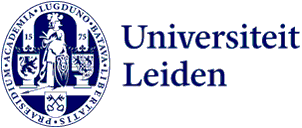
Our Earth is becoming unliveable. Can we still turn the tide?
We have crossed six of the nine boundaries within which human life on Earth will still be possible for future generations. That is not good news. Can the tide still be turned?
The planetary boundaries were discussed on 9 May as part of the Leiden University Green Office’s Sustainability Day. They include climate change, biodiversity loss and ocean acidification. Six of the nine boundaries have already been crossed (see figure). Crossing planetary boundaries increases the risk of large-scale abrupt or irreversible environmental changes.

Systemic changes are needed
Drastic changes are needed to ensure that the earth remains habitable. In a keynote lecture, Jan Willem Erisman, Professor of Environmental Sustainability, said systemic changes are needed in food, energy and how we live and consume. In fact, all planetary boundaries are interconnected.
For example, once the nitrogen limit is exceeded, it affects biodiversity and climate. Besides planetary boundaries, Erisman also stressed the importance of social boundaries, which include education, social equality and health care. Planetary boundaries and social boundaries affect each other, and if we are to preserve a liveable earth, they must be addressed in an integrated way – which is possible.
Local solutions
One approach that can help keep the earth liveable is to let communities come up with their own local solutions. Erisman gained first-hand experience of this with some farmers on Schiermonnikoog island. And the Polder Lab, part of the university’s Liveable Planet programme, is a place where farmers and citizens work together to explore how peatland can be managed sustainably and profitably. Erisman: ‘You see that communities often achieve more than their original goal. There is hope if we give communities responsibility for themselves.’
Text: Dagmar Aarts
Image in text: Wikimedia Commons
